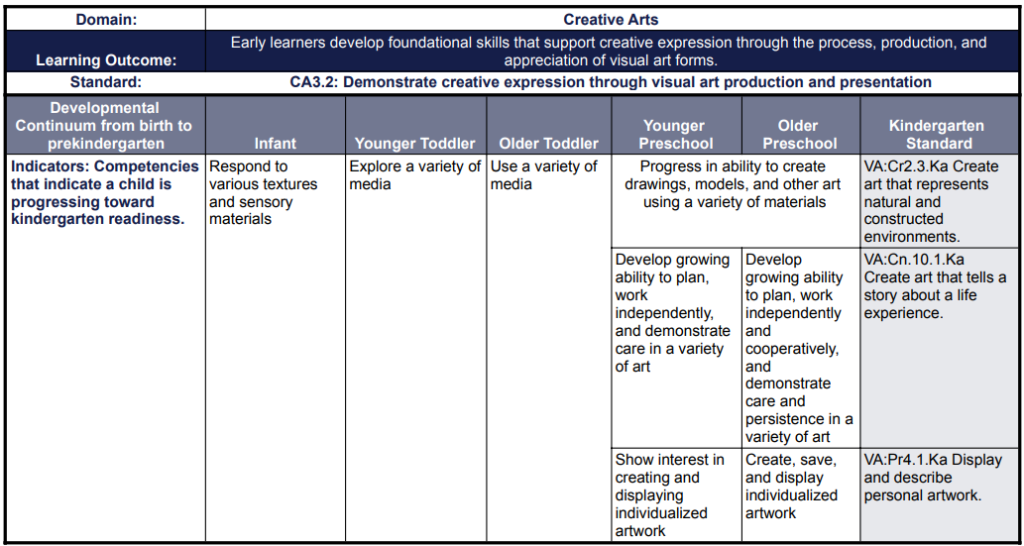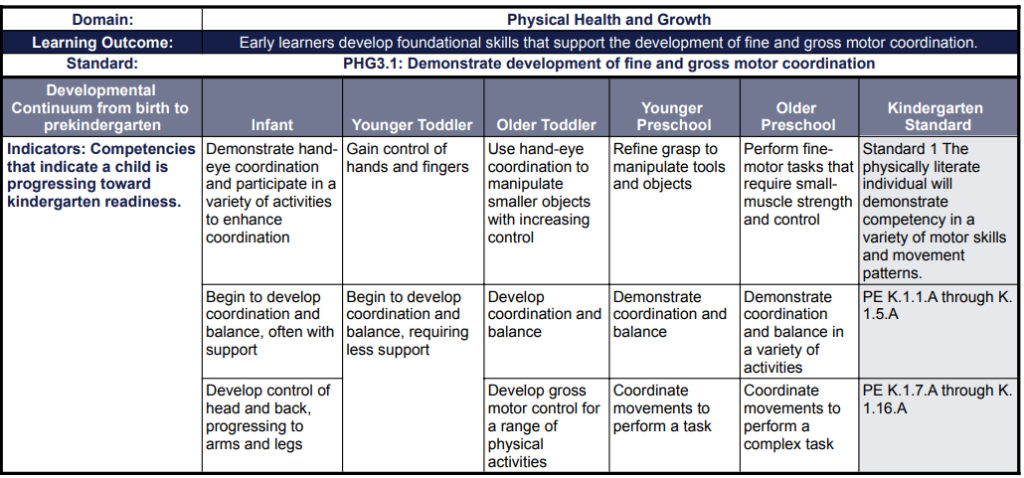Sensory processing is the way we use information from our senses to interact with and learn from our world; the smell of trash should tell you to look somewhere else for food, while the sight of a stop sign should tell you to hit the brakes. But not everyone’s sensory input is organized in a way that allows them to use the information they’re taking in. When a person has sensory processing difficulties, they have trouble responding appropriately to the sensory information they’re receiving. This can lead to a variety of observable behaviors, depending on the impacted senses, such as covering ears at loud (or even slightly loud) noises, or refusing to eat foods that are “squishy” or crunchy.
It’s important to note that variations in sensory preferences are normal– some people like to listen to loud metal music and others prefer soft classical, and neither is wrong or indicative of sensory integration differences. These preferences are what make us individuals. However, for safety, as well as optimal development, children should be able to participate in daily life without struggling to integrate their sensory experiences.
If sensory seeking or avoiding behavior gets in the way of a child being able to form and maintain friendships, follow developmentally typical directions, or engage in their child care environment, it’s worth connecting their family with your state’s early intervention program for an assessment by an occupational therapist.
For Reflection:
Have you cared for children with diagnosed sensory processing difficulties?
What adaptations have you made to support their exploration of the sensory environment?
Do you know how to contact your local early intervention to make a referral, or support families in making a self-referral?
Family child care providers are more likely than most early childhood educators to work with mixed age groups, which can broaden the differences in abilities to plan for. But all children develop at different rates, with different interests and abilities, so even when an activity is only for three-year-olds, the particular three-year-olds who are participating are going to determine the types of adaptations and levels that are planned for.
When writing a lesson plan, including adaptations for children who need more assistance or more challenging stimulation can seem daunting at first, but soon will become second nature. Consider the following factors when planning appropriate modifications– we’ll test it out on a planned activity after:
- Safety first! Are the children using risky tools (hammers/nails, hot glue, etc.) that could be misused if a child’s attention, impulse control, or motor skills are not at a certain level? Consider partnered work, having one “helper,” adapting tools (loop scissors instead of regular scissors, tacky glue instead of hot glue), or working hand-over-hand.
- Look at your goal for the activity: have any of the children already accomplished it? Is it too far out of the zone of proximal development for some children to attempt? Are there smaller steps those children can take to meet that goal?
- What can children who finish early do? Have a plan for the ones who lose interest early as well as the ones who want to keep working and experimenting.
SAMPLE ACTIVITY & INDIVIDUALIZED ADAPTATIONS:
Audience: Children 2-5 years old
Activity: Tissue paper collage on contact paper
Learning Outcomes (from IN Early Learning Standards):
Adaptations: Children will be offered pencils and loop scissors, as well as traditional safety scissors, to create and cut out designs from tissue paper. Children will be encouraged to tear the paper by hand if not yet able to use scissors consistently. Children may work with the contact paper at easels, on the table, or on trays on the floor to allow optimal body positioning. Children can work until finished, and those who finish first/early may wash up and move on to open centers for free play.
Los niños crecen y se desarrollan a ritmos diferentes y hay muchos factores que pueden influir en el ritmo al que cada niño alcanza los hitos del desarrollo. Un niño que aún no domina una habilidad o tarea que otros niños de su misma edad sí dominan puede estar en proceso de desarrollo o sufrir un retraso. Si se sospecha que existe un retraso, puede ser importante trabajar con un pediatra o especialista para determinar si es necesario intervenir para apoyar el desarrollo del niño. Los cuidadores familiares deberían considerar la posibilidad de anotar sus observaciones sobre el desarrollo de cada niño o de utilizar una herramienta de detección o evaluación para seguir el desarrollo. Las observaciones y evaluaciones pueden ser útiles para los profesionales que determinan un retraso y planifican una línea de actuación.
Access this FREE module and quick tips to learn how to adapt routines, activities and environment for children with different abilities in your early childhood program.
Children grow and develop at different rates and there are many factors that can influence the rate at which developmental milestones are met by each child. A child who has not yet mastered a skill or task that other children of the same age have mastered might be in the process of developing or might be experiencing a delay. If a delay is suspected, working with a pediatrician or specialist may be important in determining if intervention is necessary to support the development of the child. Family childcare providers should consider writing down their observations of each child’s development or using a screening or assessment tool to track development. Observations and assessments can be useful to professionals who determine a delay and plan a course of action.


